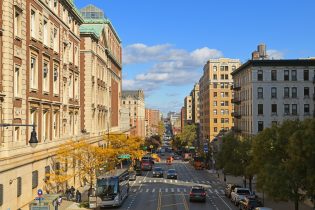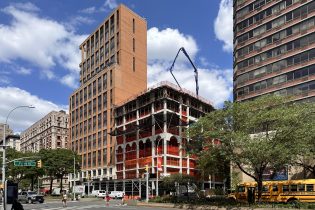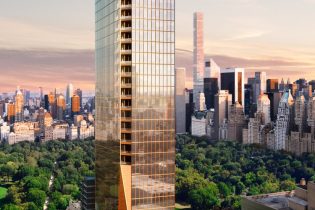Riverside South: A Neighborhood Development Decades in the Making
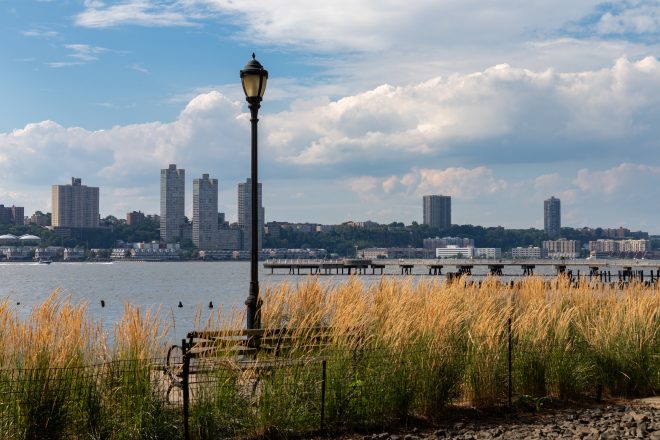
Between the Hudson River and the bustling island of Manhattan nestles Riverside South. This gleaming stretch of contemporary skyscrapers, verdant parks, and cutting-edge amenities is a testament to the city’s commitment to forward-thinking urban development. However, its pristine facade belies a complex history, a tale that spans decades and showcases the tenacity, vision, and innovative spirit of New York City’s urban planners and developers.
Early Days and Initial Plans

Riverside South’s story begins in the late 20th century. The area was once home to a sprawling rail yard serving the Pennsylvania Railroad. Riverside South is inextricably linked to this previous life as the Penn Yards. This expansive rail yard, spanning from 59th to 72nd streets along the Hudson River, was operational from the 1880s, the Penn Yards played a critical role in the industrial era, facilitating the transport of goods and people across the Northeastern U.S. But by the 1970s, amidst New York City’s changing industrial landscape, the rail yard began to decline in prominence, with parts becoming obsolete.
As Manhattan transitioned from a manufacturing nucleus to a service and finance-driven metropolis, the vast tract of land occupied by the rail yards increasingly appeared as an underutilized asset in a city starved for space. By the early 1980s, the spotlight turned to this site for potential redevelopment. It was during this time that Donald Trump acquired the Penn Yards, with grand ambitions of transforming it. His initial vision, titled “Television City,” was expansive, proposing a collection of television studios, luxury residential buildings, offices, and a 150-story skyscraper, which would’ve been the world’s tallest at the time. However, this grand vision faced substantial financial challenges and fervent community opposition (it was Donald Trump), leading to its eventual shelving, making way for the more community-driven plan we recognize today.
Community Involvement and Redesign

By the 1990s, Riverside South’s development took a different turn. Civic groups, neighborhood residents, and city planners came together with a vision that prioritized open spaces, accessible waterfronts, and residential areas that felt integrated with the larger Upper West Side community. They sought to create a neighborhood that balanced urban vibrancy with natural tranquility.
The redesigned plan featured a string of parks and a series of residential buildings that gradually descended in height from south to north, ensuring that the stunning Hudson River views remained unobstructed. A more modest and community-centered approach was born out of extensive negotiations and collaborative spirit. This was not just about building structures; it was about crafting a neighborhood.
Riverside South Community Center: The Heartbeat of a Neighborhood
Established in the early days of the Riverside South development, the Community Center was borne out of a need for a dedicated space that catered to the diverse resident population. While many saw Riverside South as an architectural marvel, local visionaries realized that for a community to truly thrive, it needed a soul. Thus, the Riverside South Community Center was conceived.
Programs and Workshops
What truly sets the center apart are its varied programs. There’s something for everyone: art classes for budding painters, dance workshops spanning ballet to hip-hop, book clubs for the literary-minded, and coding classes for tech enthusiasts. Every week, the center’s calendar is packed with events, making it a bustling hub of activity.
Children and Youth Initiatives
A significant focus of the center is on children and youth. Beyond traditional after-school programs, the center offers mentorship initiatives, tutoring sessions, and even entrepreneurial workshops for teenagers. These programs aim to equip Riverside South’s younger residents with essential skills while also providing them a safe and nurturing environment.
Senior Services
Recognizing the needs of Riverside South’s older residents, the Community Center has dedicated programs for seniors. From fitness classes tailored to them, to tech workshops that help bridge the digital divide, to simple tea sessions where they can share stories and experiences, the center ensures that the neighborhood’s elders are cared for and engaged.
The Making of a Modern Urban Paradise
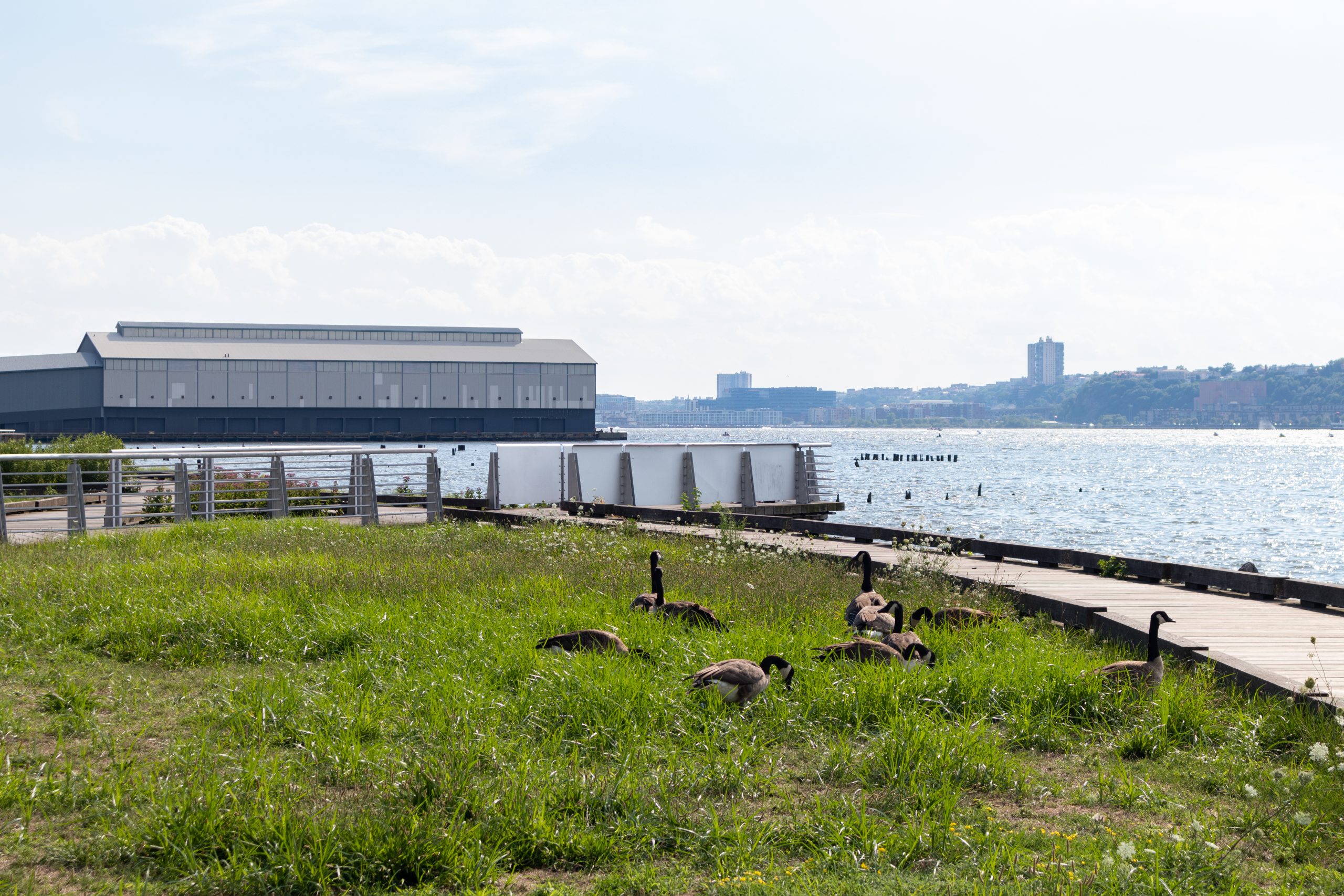
As construction commenced, the promise of Riverside South began to unfold. High-rise buildings, designed by top architects, rose against the horizon. These structures featured modern designs, panoramic windows, and amenities that catered to the sophisticated urbanite. But equally important were the vast public spaces, including Riverside Boulevard and the 21-acre Riverside Park South, which gracefully threads its way through the community, offering recreational facilities, scenic trails, and beautifully landscaped areas.
Riverside South’s transformation from an underused rail yard to an urban utopia was a meticulous process, shaped by various stakeholders, including architects, city planners, and the community itself.
The mid-90s
The first phase of construction, which began in the mid-1990s, was marked by an emphasis on creating a harmonious blend of residential, commercial, and recreational spaces. World-renowned architectural firms were brought on board. Renowned architects like Costas Kondylis and Philip Johnson were among those who lent their expertise, ensuring that each building was not just functional but also an aesthetic marvel, contributing positively to NYC’s iconic skyline.
Each high-rise was strategically placed to maximize natural light, a decision that played a critical role in ensuring energy efficiency. The panoramic windows, often stretching from floor to ceiling, allowed residents unparalleled views of the Hudson River and the city beyond, blurring the lines between indoor living and the vibrancy of the outside world.
Public spaces were prioritized. Riverside Boulevard became a central artery, winding its way through the neighborhood, lined with trees and interspersed with pocket parks. These green refuges provided residents with spots to relax, socialize, and engage with the community.
Riverside Park South
But perhaps the most significant achievement was the creation of Riverside Park South. This 21-acre extension of Riverside Park was meticulously designed by landscape architects Olin Partnership. They combined pathways, playgrounds, piers, and plazas, creating a multifaceted recreational space. The park not only catered to joggers and cyclists but also to families, tourists, and nature enthusiasts, featuring restored historical structures, art installations, and even a small wetland habitat.
The waterfront, too, was revitalized. Old piers were renovated, and new ones were built, providing docking spaces for recreational boats, areas for fishing, and vantage points for those seeking to absorb the beauty of the Hudson River.
Riverside South Today

The evolution of Riverside South has been nothing short of extraordinary, and its current state reflects decades of thoughtful planning, community involvement, and architectural brillianceFrom its vantage, one can see a skyline punctuated by sleek residential towers, each unique in design yet cohesive in the overall aesthetic narrative of the neighborhood. The buildings, ranging from luxury high-rises with penthouses offering breathtaking views to more modest, yet equally elegant apartments, cater to a diverse demographic. Young professionals, families, and retirees alike have found a home in Riverside South.
Build it and They Will Come
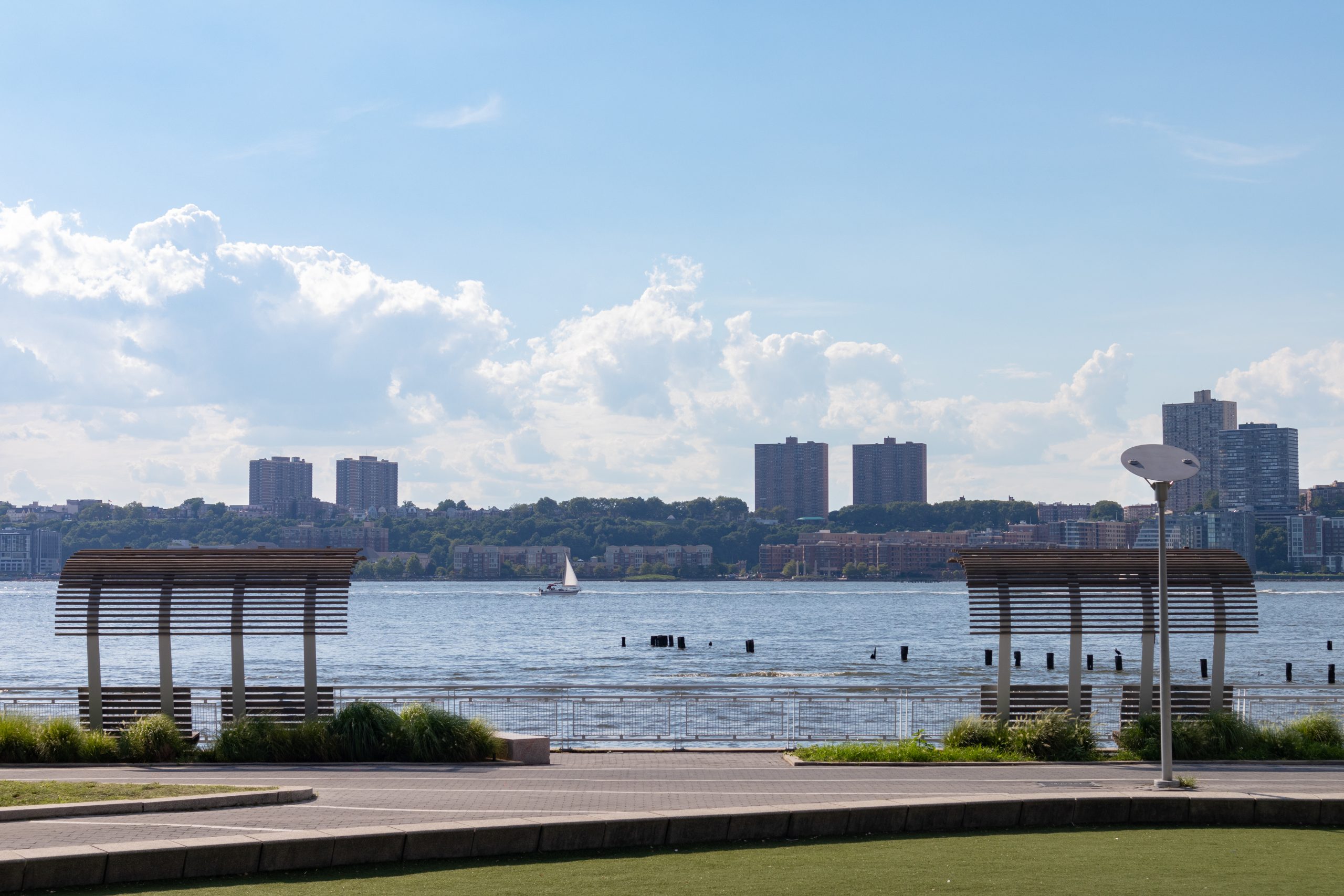
The commercial landscape of Riverside South has evolved to serve its thriving residential community. Bustling cafes, gourmet restaurants, boutique shops, and essential services line the streets, ensuring residents never have to venture far for their needs. Cultural venues, including theaters and art galleries, have sprung up, making it a hub for artistic expression and consumption.
Yet, even amidst this urban dynamism, Riverside South has retained pockets of tranquility. Lush green spaces pepper the landscape, from meticulously landscaped gardens in residential complexes to the expansive Riverside Park South, which remains a magnet for both locals and tourists.
Connectivity is another hallmark of the neighborhood. With its proximity to major transit hubs and a network of pedestrian and cycle paths, Riverside South is remarkably accessible. The integration of public transportation options has been a key factor in reducing car dependency, making the area more pedestrian-friendly and environmentally conscious.
Community remains at the heart of Riverside South. Various community organizations and initiatives ensure that the spirit of camaraderie remains strong. Regular events, from farmers’ markets to open-air concerts, foster a sense of unity and provide residents with opportunities to engage with their neighbors.
Final Thoughts

The journey of Riverside South, from an industrial rail yard to one of New York City’s most coveted neighborhoods, is a narrative of persistence, innovation, and community-driven ambition. It underscores the enduring spirit of New York City – a place where challenges are met with creativity and where the past and future merge to create something truly exceptional.
As one walks along the Hudson River, taking in the sights of Riverside South, it’s a poignant reminder that even in a city as fast-paced as New York, some of the most beautiful things take time. And Riverside South, a neighborhood development decades in the making, was well worth the wait.
- Categories:
